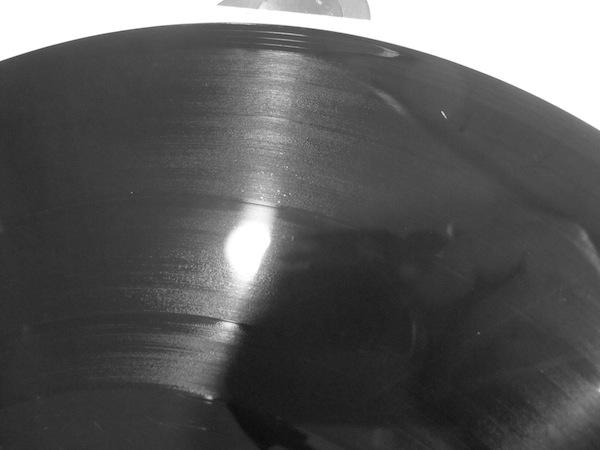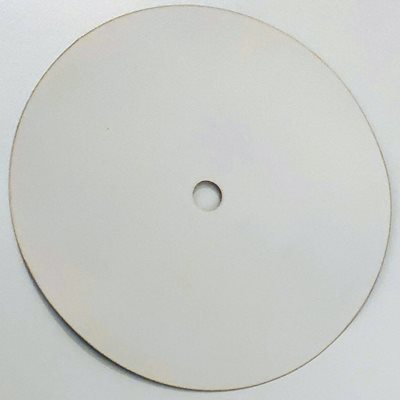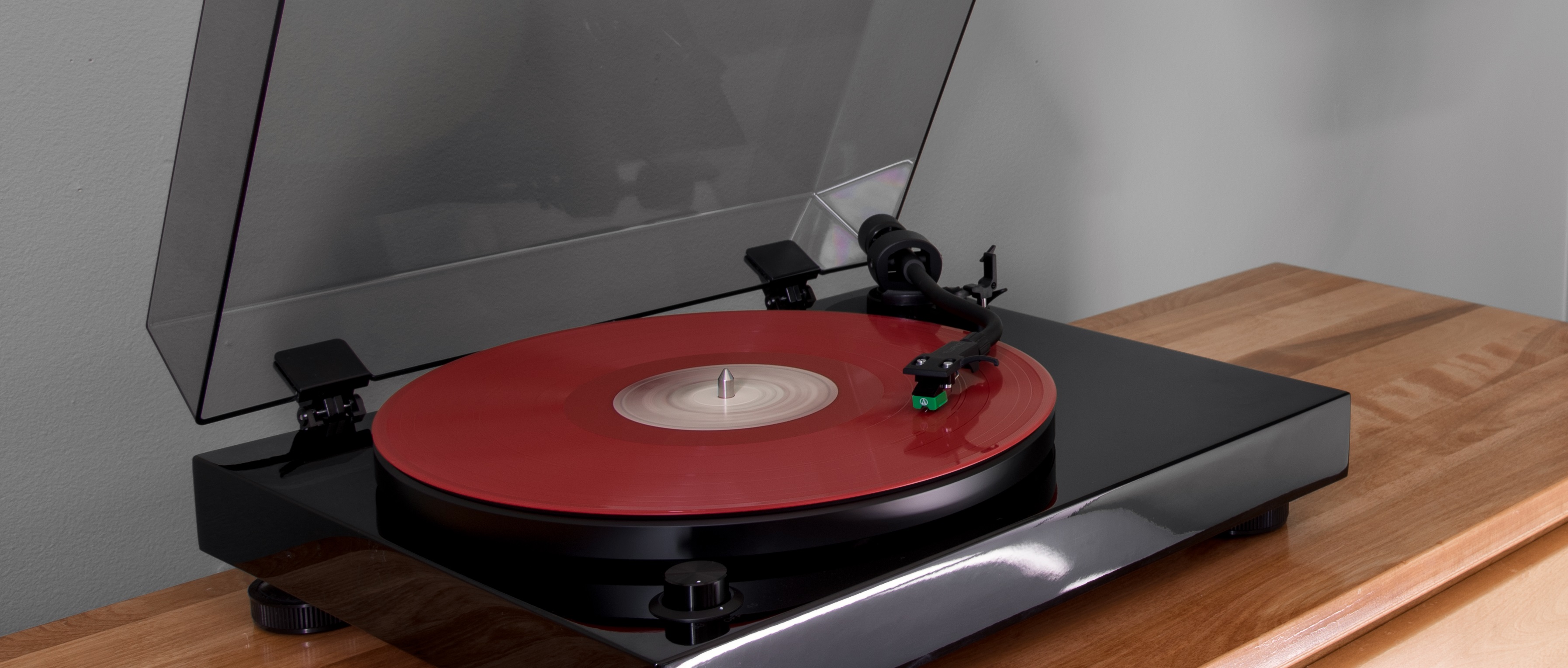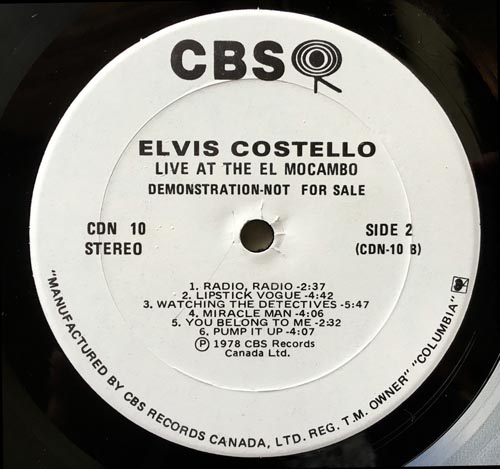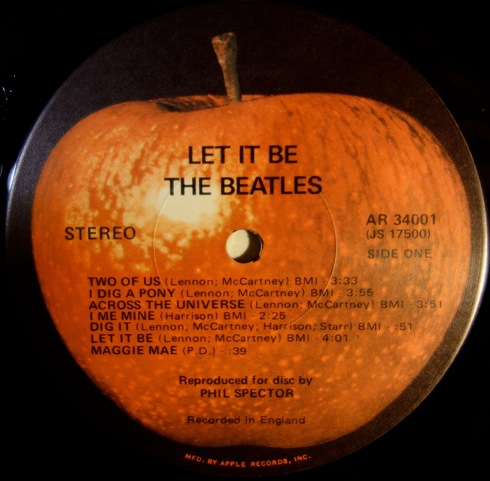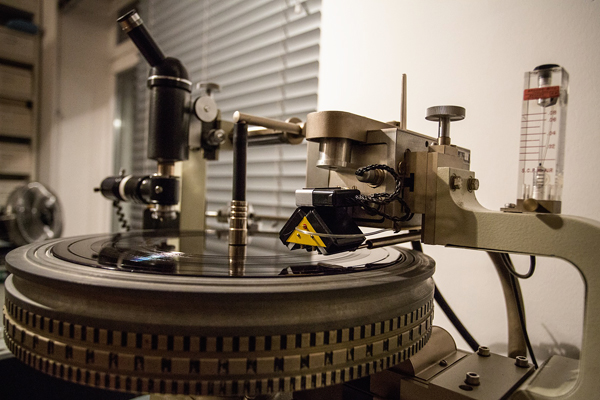True but a lot of new vinyl pressings these days are of poor quality and i believe that spending money on them is a waste and its harming the music industry on a larger scale than people care to admit just doesn t have the same impact it s been enough of a piss off for me to call it quits on new vinyl though.
Poor quality vinyl pressing.
Sadly there are several common faults to watch out for which can be a cause for headache for many record enthusiasts.
The quality of a digital reproduction is dictated by how many of those samples of the original are made.
Uk issues are 99 on quality vinyl with little or no extra surface noise.
Records that predate the 1970 s are generally a safe bet.
On march 2015 qrp doubled its capacity to become one of the usa s largest vinyl pressing plants.
It is why mp3 with relatively few samples is so poor and hi res audio with far more is the closest we have to a studio recording.
If it was pressed before the 70 s the quality will likely not disappoint.
By the mid 1960s japan was known for producing high quality cameras and stereo equipment among other things.
The 1960s and early 1970s were not a good time for audiophiles as the mass produced product of that decade largely resulted in poor quality pressings made from noisy vinyl.
Original or reissue.
Exceptions are c1964 66 rio issues and some 1964 65 island pressing 4 prong centre ones which were pressed on oddly cheap vinyl.
Cd quality sits somewhere in the middle with 44 100 samples per second at 16 bit accuracy.
Vinyl was the only music format available so record labels competed for consumer dollars.
Considering vinyl records are pitched as a premium or luxury product the quality control of some new vinyl releases leaves much to be desired pressing faults and the quality of new vinyl is a topic we ve covered before.
The backgrounds are dead black silent the way japanese pressings used to come on jvc supervinyl and believe me it doesn t get any better than that though this may even be richer darker and blacker music.
This ensured consistency in the quality of the lps and 45s made during this period.
With the increase in quality of stereo equipment japanese records also improved in quality with record companies using better materials for their covers and high quality dead quiet virgin vinyl for the records themselves.



